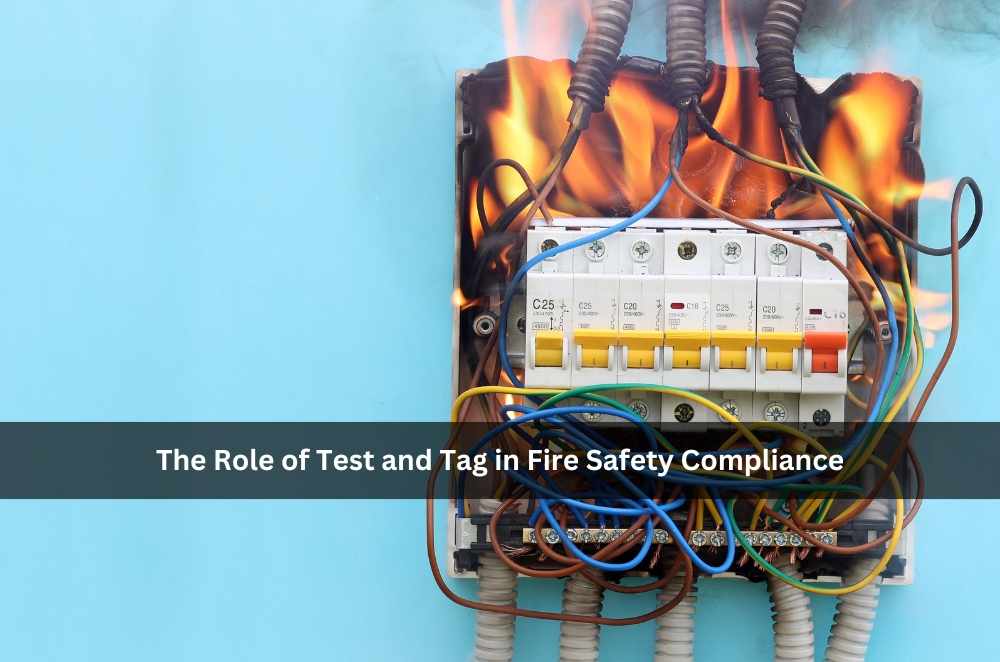
Ensuring that the workplace remains electrically safe is a fundamental concept for the safety of personnel at any workplace. There is probably no better way of complying with these standards than regular test and tag services. Such services become integral in pointing out dangers that would not happen and lead to fires resulting from electrical ignition and various other accidents. Staying ahead of the competition by seeking fast RCD testing will help enhance this.
What is Test and Tag?
A normal safety routine practice is a test and tag, testing the safety of electrical equipment and marking them with bright, clear labels. Therefore, this is to check whether all the appliances or tools in use are free from the possibility of creating electrical fires or malfunctions. The test typically checks:
Electrical insulation
Earth leakage
Overload protection
General appliance safety
By performing these checks, test and tag services can catch potential issues before they cause serious harm.
How Does Test and Tag Relate to Fire Safety?
One of the top causes of accidents in workplaces is electrical fires, but appliance malfunctioning happens most of the time as the main reason. Test and tag services can identify problematic items that project little or no electromotive force and might otherwise be the cause of a fire. For instance, loose cables, hot devices, or broken plugs can cause fire if they are not fixed. The routine conducting of test and tag inspections helps keep the issues to a very low level, and businesses observe the fire safety regulations.
Benefits of Regular Testing
Implementing a regular test and tag schedule has several key benefits, including:
Preventing electrical fires: Identifying faulty appliances or wiring early reduces the chance of dangerous fire outbreaks.
Compliance with safety regulations: Regular testing can help your business operate your building safely according to the laws.
Reduced insurance costs: A safer workplace can lead to fewer insurance costs.
Improved employee safety: The workplace becomes safe, improving employee morale and productivity.
Conclusion
Residual current devices disconnect the electric current in the event of a fault, protecting people from dangerous shocks and harm. They should be tested and checked routinely and correctly to ensure that all safety measures are effective in preventing electrical hazards.
Test and tag services are essential for ensuring electrical safety and fire risk minimisation in the workplace. Regular checks by the business are key to decreasing electrical fires and providing a secure environment for the employees
Write a comment ...